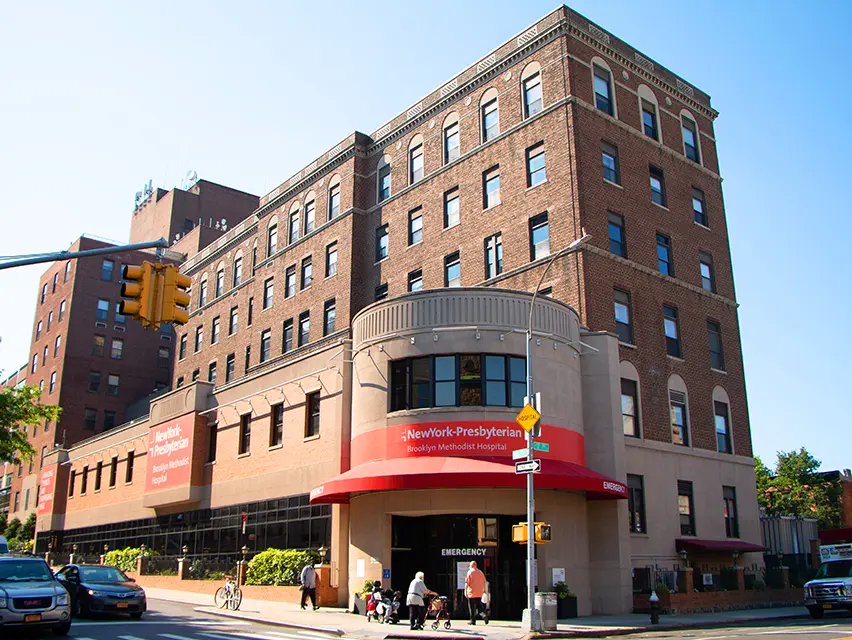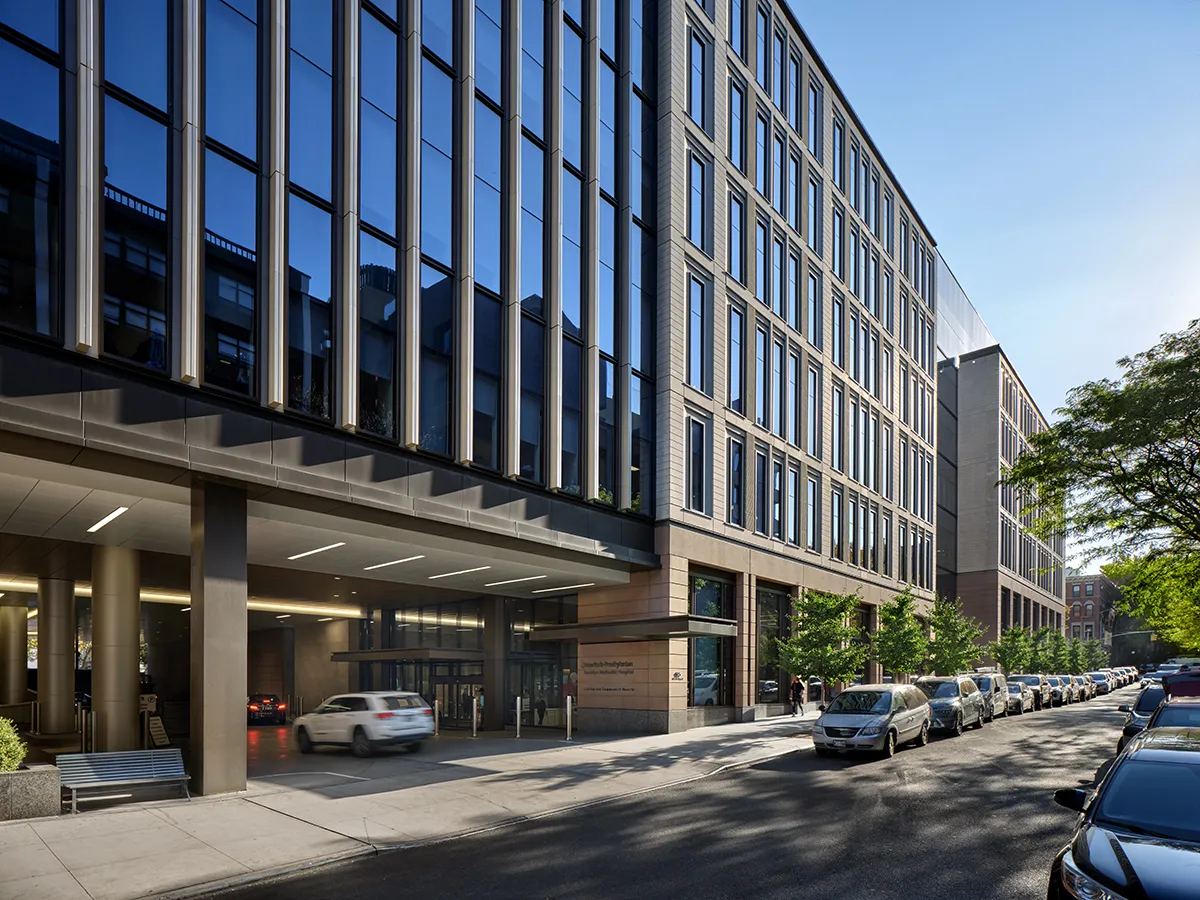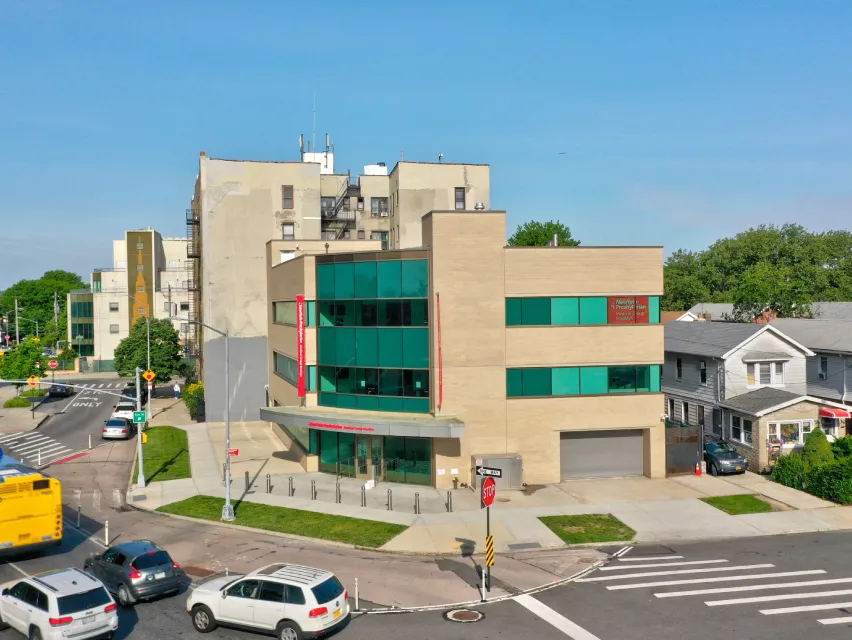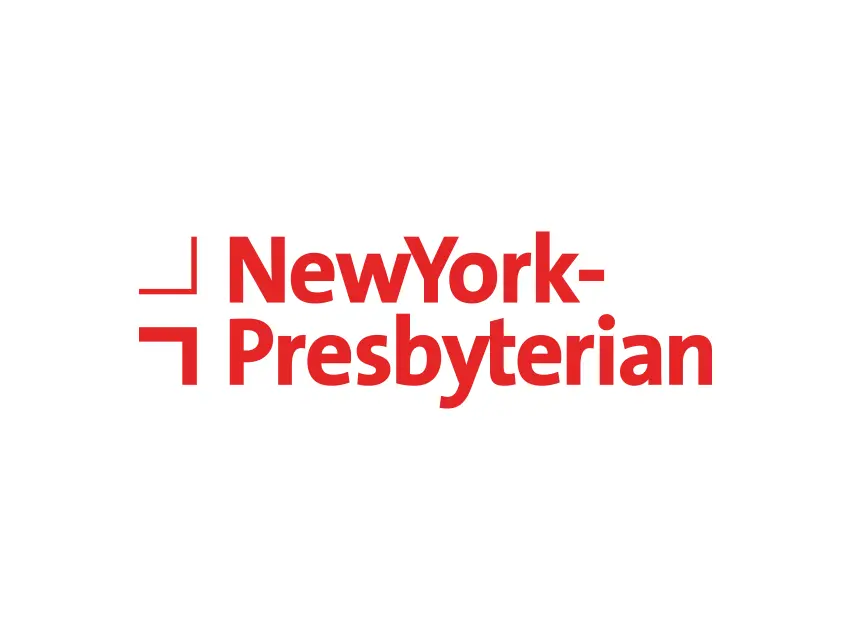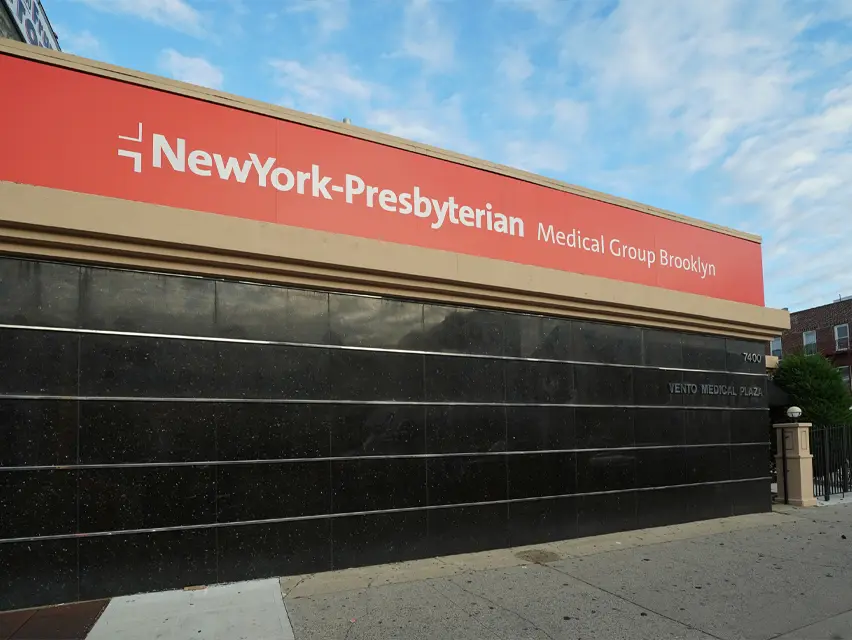At NewYork-Presbyterian Brooklyn Methodist Hospital, our specialists and surgeons are experts in treating diseases of the arteries, veins, and lymphatic vessels. At our hospital and medical groups throughout the borough, we provide consultation, diagnosis, and treatment for a range of vascular disorders.
Our vascular surgery team is experienced in minimally invasive endovascular approaches and surgical procedures to help restore blood flow to blocked arteries and veins. We offer a multidisciplinary approach, collaborating with and connecting you to other specialists within our network as needed. NewYork-Presbyterian Brooklyn Methodist Hospital became the first hospital in Brooklyn to use the AngioVac catheterization system for en masse blood clot filtration. The system allows surgeons to "vacuum up" entire blood clots and filter then out of a patient's blood supply.







